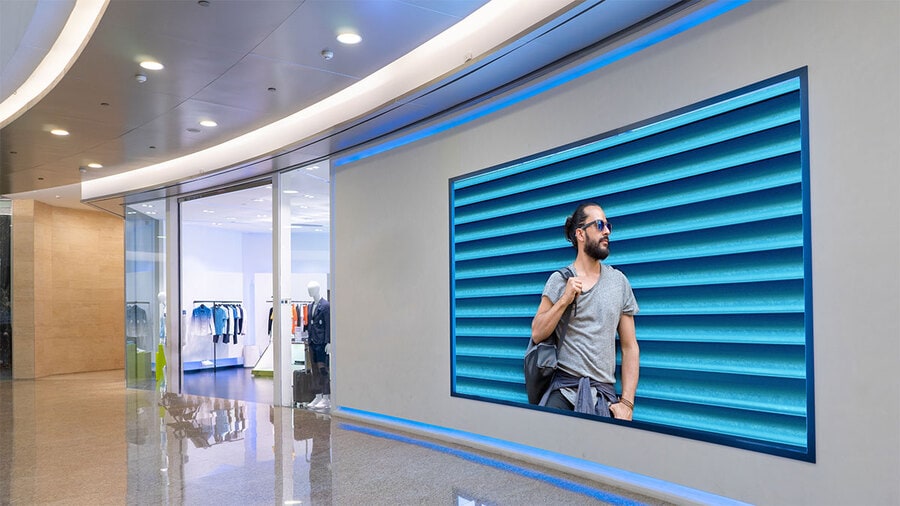Investigating the Fundamental Elements That Influence Luminance in LED Wall Panels
Investigating the Fundamental Elements That Influence Luminance in LED Wall Panels
Blog Article
LED panel panels are increasingly popular for both advertising and leisure due to their luminous and vibrant images. Grasping the elements that influence the brightness of these screens is essential for manufacturers and consumers alike. Brightness is typically gauged in candelas, which indicates how much light is produced from the area of the screen. Numerous key elements affect to the overall luminosity, including the kind of Light Emitting Diode used, the quality of the panel materials, and the power supplied to the panel.
The kind of Light Emitting Diode chip used in a panel screen plays a crucial role in its brightness. Various Light Emitting Diodes emit differing levels of lumens, which gauge the amount of illumination visible to the human eye. Premium chips, such as those made using sophisticated technology, can produce brighter illumination with higher efficiency. Furthermore, the hue temperature of the Light Emitting Diode also influences perceived brightness. For instance, colder color tones (higher Kelvin values) can seem more luminous than warmer ones, even at the identical lumen level. This characteristic is vital for applications where visibility is important, such as in outdoor promotion.
The materials used in the building of Light Emitting Diode panel screens also influence their luminosity. The type of foundation and encapsulation materials can influence how much light is transmitted versus how click resources much is taken in or scattered. For example, a screen made with high-quality clear glass will permit more light to flow through than one made with lower-grade find out materials. Additionally, the design of the panel, including its thickness and the layout of the Light Emitting Diodes, can enhance or reduce brightness by influencing how illumination is spread across the screen.
The energy supply provided to the Light Emitting Diode wall screens is another critical element in determining luminosity. Each LED component has a specific electric potential and current need for optimal functioning. If the power source falls short, the brightness of the panel will diminish. Conversely, supplying too much power can lead to overheating and decreased lifespan of the Light Emitting Diodes. Therefore, maintaining a consistent and adequate energy supply is crucial for realizing consistent luminosity levels. This is particularly vital in dynamic screens, where brightness may need to be modified for varied illumination conditions.
Lastly, environmental elements can affect how brightness is viewed. Ambient light conditions play a major role in how bright an Light Emitting Diode panel panel appears. In luminous daylight, for example, a screen with a reduced brightness level may struggle to be seen clearly, while a more luminous panel can be prominent more effectively. Additionally, the angle from which the screen is viewed can affect luminosity perception due to how illumination reflects off surfaces. Understanding these elements helps consumers select the right Light Emitting Diode panel screen for their needs and guarantees that manufacturers create products that satisfy brightness standards for various applications.